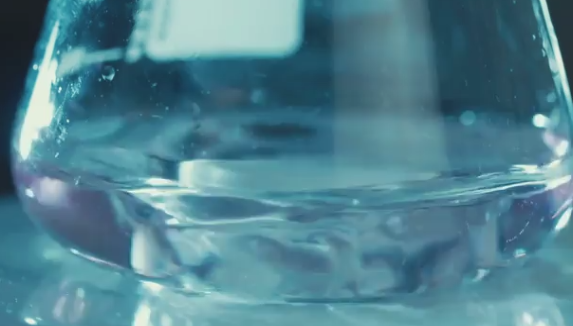| "Descrizione" by admin (19557 pt) | 2023-Dec-04 11:28 |
Ethanolamine HCl is a chemical compound, the ethanolamine (MEA) salt of hydrochloric acid. MEA is a chemical compound belonging to the first generation of ethanolamines, is a primary amine and is a strong alkaline agent, corrosion inhibitor and chemical intermediate and acts as both an amine and an alcohol.
The name describes the structure of the molecule:
Ethanolamine is a chemical compound made up of two parts: "ethanol" and "amine." Ethanol is a type of alcohol, and amines are organic compounds derived from ammonia. Ethanolamine combines these structures, making it a bifunctional molecule with both alcohol and amine groups. It is commonly used in the production of detergents, emulsifiers, and various pharmaceuticals.
HCl stands for hydrochloric acid. In the context of "Ethanolamine HCl," it indicates that the ethanolamine is in the form of its hydrochloride salt. This is achieved by combining ethanolamine with hydrochloric acid, resulting in a compound that is often more stable and easier to handle than the base form of ethanolamine.
Description of Raw Materials and Their Functions
Ethanolamine. An organic amino alcohol compound used as the base for the formation of Ethanolamine HCl. It is known for its properties as a buffering and emulsifying agent.
Hydrochloric Acid (HCl). A strong acid used to convert ethanolamine into its hydrochloride form, improving the solubility and stability of the compound.
Industrial Chemical Synthesis of Ethanolamine HCl
- Preparation. The synthesis begins with the reaction of ethanolamine with hydrochloric acid.
- Neutralization. During this reaction, ethanolamine is neutralized by hydrochloric acid, forming ethanolamine hydrochloride (Ethanolamine HCl).
- Reaction Control. The reaction is monitored to ensure that the ratio of ethanolamine to hydrochloric acid is correct and that the desired salt is formed.
- Purification. After the reaction, the product is purified to remove impurities and by-products.
- Quality Control and Packaging. Ethanolamine HCl undergoes quality checks and is then packaged for use in various sectors, such as cosmetics, pharmaceuticals, and detergent production.
It comes in the form of colorless liquid.

What it is used for and where
Cosmetics
pH adjuster. This ingredient tends to restore the pH of a cosmetic formulation to its optimal value. The correct pH value is an essential determinant for lipid synthesis in the stratum corneum. The average physiological pH value of the face ranges between 5.67 and 5.76. The hair fibre has a pH value of 3.67.
Buffering agent. Iingredient that can bring an alkaline or acid solution to a certain pH level and prevent it from changing, in practice a pH stabiliser that can effectively resist instability and pH change.
Commercial applications:
Chemical and Pharmaceutical Industry. Used as a buffering and neutralizing agent in various chemical and pharmaceutical formulations.
Hair Products. Often found in hair dyes and perm solutions, where it acts as a pH adjuster.
Cleaners and Detergents. Used in some industrial and household cleaners for its ability to neutralize acids and regulate pH.
Safety
Ethanolamine HCl should be handled with care as it can be irritating to eyes, skin, and respiratory tract. Safety instructions should be followed when using it.
Scientific literature agrees that MEA has the ability to penetrate and absorb into the skin and cause skin irritation, especially on the scalp.
The most relevant studies on this ingredient have been selected with a summary of their contents:

- Formula molecolare C2H8ClNO
- Peso molecolare 97.54 g/mol
- CAS 2002-24-6
- UNII KKP3YYL02F
- EC Number 217-900-6 9007-33-4 1173019-25-4
Sinonimi:
- 2-Aminoethanol hydrochloride
- Ethanolamine hydrochloride
- Monoethanolamine hydrochloride
| Evaluate |

